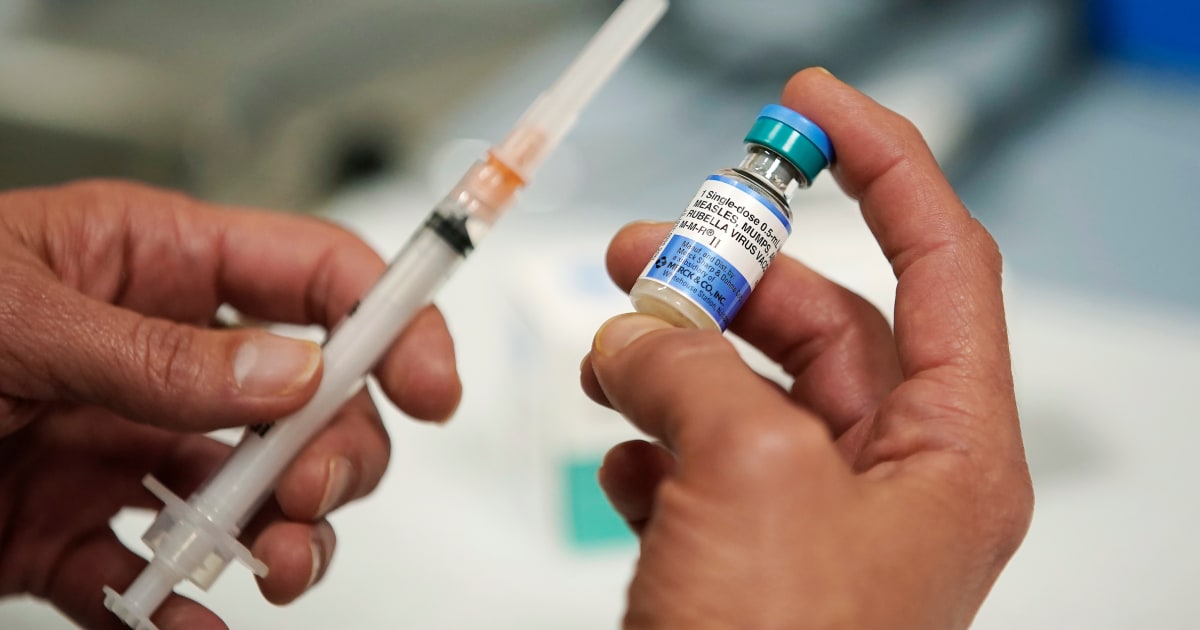“
In 2021, five million children (4.8 to 5.6) died
before their fifth birthday.
These losses of life are immense, intolerable and could be avoided for the most part
”, estimated the United Nations in a report published this Monday, January 10, 2022. More than half of them lost their lives before reaching a month and 1.4 million died before their first birthday.
For the organization, these figures should alert.
Scientific knowledge and the possibility of international intervention should be able to improve the situation.
In 2015, the United Nations set a clear course: reduce neonatal mortality (in the first month) to a rate of 12 deaths per 1000 live births by 2030 and reduce mortality before the age of 5 to 25 per 1000 live births.
These objectives, included in the framework of the 2030 agenda, however seem to be compromised: at the global level, the mortality rate for children under 5 is 38 deaths per 1000 live births for the year 2021.
Lack of access to health services, Covid...
The causes mentioned by the report are multiple: lack of access to quality care centres, to necessary food, to drinking water or to the various vaccines.
The report also goes into detail on “
preventable
”
deaths
of children before the age of 5.
In question ?
Premature births, childbirth complications, acute respiratory infections, diarrhea and malaria.
Read alsoIn South Sudan, more than a million children under the age of five suffer from malnutrition
The Covid-19 pandemic has also played a key role in this stagnation of figures, particularly in low- and middle-income countries.
"
The goal of ending preventable deaths is severely hampered by numerous threats to child health and survival, not to mention the ongoing pandemic
," the report said.
The impact of the pandemic is indirect: if it does not directly affect infant mortality, it affects social safety nets.
Access to care, especially emergency care, has been dangerously weakened: reduced access to health services, vaccines or even adequate food.
Very strong inequalities depending on the country
More than 80% of infant mortality affects only two regions in the world: sub-Saharan Africa (particularly Somalia and South Sudan) and central and southern Asia (particularly Pakistan and Afghanistan).
This situation remains very worrying despite a significant reduction in infant mortality in these regions over the past 30 years.
These countries, where resources are sometimes very limited, are unable to curb this glaring lack of means.
If the international average stagnates at 38 deaths before the age of five per 1,000 births in 2021, the number rises to 74 deaths in sub-Saharan Africa.
The document specifies that this figure is 15 times higher than the European and North American figures (the average is 5 deaths before the age of 5 per 1000 births) and nearly 19 times higher than the Australian and New Zealand figures (4 death before the age of 5 per 1000 births).
Number of deaths of children before the age of 5 per 1000 births, in 2021. Screenshot of the United Nations report “Child Mortality”, report 2022.
And the report underlines the fact that these inequalities in chances of survival appear from birth: the neonatal mortality rate remains very high in sub-Saharan Africa, where nearly 27 children per 1,000 children die before reaching 28 days.
In this region of the world, an infant is therefore eleven times more likely to die before reaching one month than a child born in Australia or New Zealand.
It also concentrates nearly 45% of stillbirths (stillborn babies).
Pessimistic scenario
The coming years will be decisive, warn the Member States of the United Nations: if this trend continues, nearly 54 countries will not achieve the objective set in 2015. The latter must speed up the procedures to achieve this.
A majority will even have to double their current rate of progress to do so.
This is reflected in particular by the investment in prenatal care centers and maternity wards.
Nearly 10 million child deaths could be avoided
if all countries manage to reach the target set by 2030. The report thus underlines that while this scenario is very "
ambitious
", it above all makes it possible to show that that investment in quality healthcare systems makes possible.



/cloudfront-eu-central-1.images.arcpublishing.com/prisa/E3I6SSZZQ6W6BXIAXV5VG36JCY.jpg)



/cloudfront-eu-central-1.images.arcpublishing.com/prisa/Q3R3DI62AJHR7AGTRNQPF2AHCI.jpg)


/cloudfront-eu-central-1.images.arcpublishing.com/prisa/2C5HI6YHNFHDLJSBNWHOIAS2AE.jpeg)



